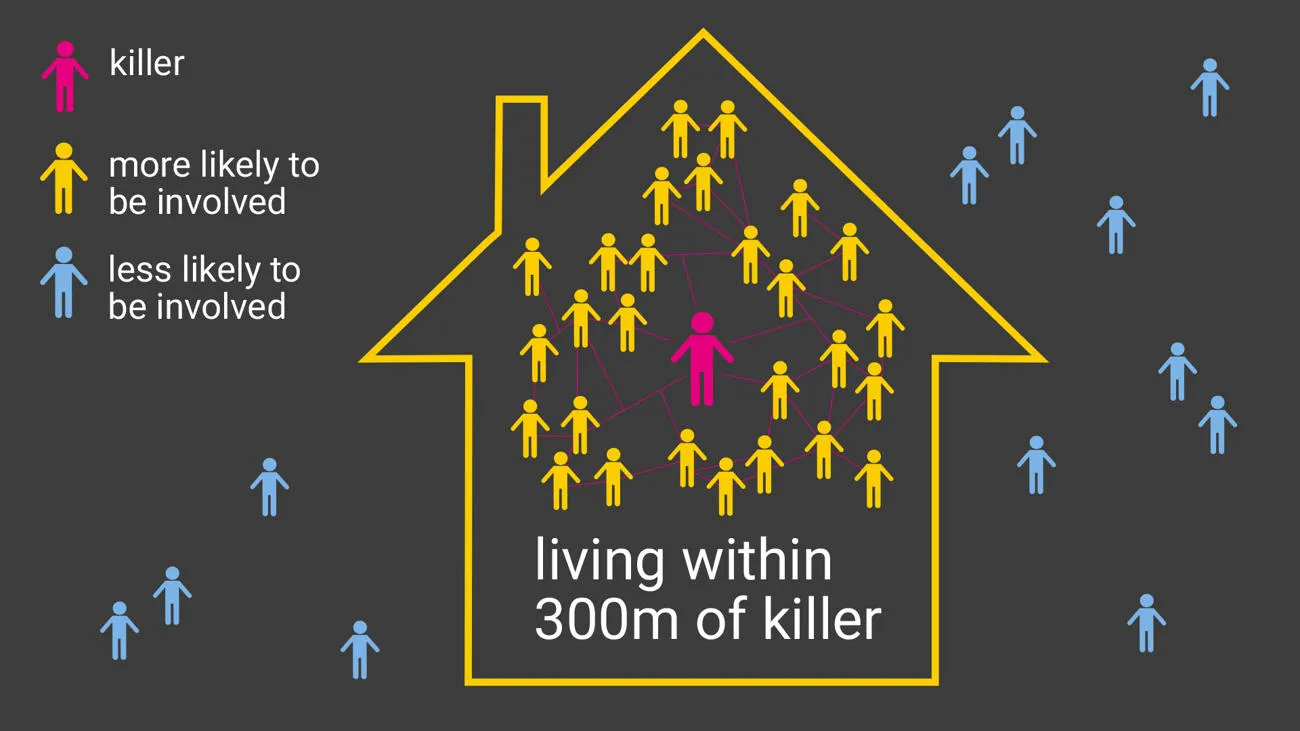When news of mass murder emerged out of Rwanda, mostly of members of the Tutsi minority ethnic group, Dr Omar McDoom was an undergraduate student in London watching events unfold with millions of others around the world. At the time, influential news outlets such as CNN and the New York Times reported the events as tribal passions erupting after many years of tension; a view that held sway until academic work refocused attention on how a tiny political elite had engineered events to eradicate opponents in their ruthless pursuit of power.
Having spent a number of years living and working in Africa’s Great Lakes, Dr McDoom turned his focus towards the events of 1994. The Path to Genocide in Rwanda, his latest publication on the subject, draws on new field data to examine why the genocide occurred, how violence flared so extremely and why so many - not just armed militias and forces of the Hutu-led government but ordinary citizens - were caught up in it.
The genocide was not solely the product of forces from above
“The more time I spent in Rwanda, the more I looked at the evidence, the more I felt the dominant view of the genocide as solely the product of elite politics needed to be softened,” says Omar McDoom. “The violence didn’t begin in the capital, Kigali, and radiate outwards to the periphery. It happened in different places at different times. Tellingly, the violence had already begun in areas before the extremists responsible for the genocide took control of the government, which was three days after president Juvenal Habyarimana was killed.
“The violence began early, even in areas where the local state authority figures were opposed to the violence. To me this suggested there was also popular pressure from below for violence as well.”
The killers had much bigger social networks than those who didn’t participate in violence.

Why some killed and some not?
To find out what happened at this local level and understand who the killers were, Dr McDoom conducted several hundred face to face interviews with Rwandans, some convicted of crimes and some still at large. “When I first went to Rwanda in 2003,” he says, “I was influenced by the research that found many of the Holocaust perpetrators were ‘ordinary’ people. And after surveying the prison population, it did seem that there wasn’t anything demographically or dispositionally distinct about the perpetrators of the violence at all, other than being overwhelmingly men and a little younger."
“It became apparent, however, that the prison population was not representative of the perpetrator population. Many of the more committed killers were either still at large or dead. Through interviews and other evidence, I discovered that individuals did differ in their commitments to the violence. I classified them, crudely, into extremists, opportunists, and conformists. But these dispositional differences didn’t explain fully why some Rwandans killed and others didn’t. I went back to one community I had already spent a lot of time in, and started geocoding the precise location of households where people lived in 1994. We built a map that shows where the killers, the bystanders, and the victims all resided."
We often think of violence as being anti-social, but I found the pro-social were more likely to be drawn into the violence.
By building a picture of victims and perpetrators, Dr McDoom was able to identify more closely the potential dynamics behind the violence. “I found that individuals who lived within 300 metres of a killer were more likely to be involved in the violence” he says. “I also found the killers had much bigger social networks than those who didn’t participate in violence. Where you lived and whom you knew mattered."
Close proximity and social contacts can help spread violence
"Those involved were usually part of an intimate social network and lived in clusters. If you lived in isolation at the top of a hill, you were far less likely to participate. We often think of violence as being anti-social, but I found the pro-social were more likely to be drawn into the violence. Anti-social capital is how I describe it in the book.”
There are also practical reasons behind this finding, explains Dr McDoom: “Better access to information within the clusters meant more opportunities to loot and attack people. And Rwanda is one of the most densely populated countries in sub-Saharan Africa. The social forces of coercion, co-optation, and conformity are particularly powerful in such contexts. When you live this way, it helps explain why the violence spread so rapidly.”
Rebuilding a nation: post-genocide Rwandans are committed to a better future
Dr McDoom emphasises that despite the rapid escalation and scale of the violence, only a minority of the population took part in the killing: “One in four of ethnic Hutu adult men either organised or committed one act of violence during the genocide. 25 per cent is a big number, but we must still remember that 75 per cent did not.”
And in his recent visits to Rwanda, he senses a real desire amongst the population to move on from the dark episodes of the past. “The number of Rwandans born after the genocide occurred is growing. They have no direct experience of the violence and their views will have been shaped by the political discourse prevalent in post-genocide Rwanda. Rwanda has also made remarkable developmental progress since the genocide, and many of these younger Rwandans who have no personal memory of the violence are committed to a better future where Rwanda’s ethnic demons are firmly in its past.”
Dr Omar McDoom was talking to Peter Carrol, Media Relations Officer at LSE.
Image creator: guenterguni | Credit: Getty Images
The Path to Genocide in Rwanda: Security, Opportunity and Authority in an ethnocratic state by Dr Omar McDoom is published by Cambridge University Press.
Interested in research like this?
Sign up to receive our newsletter: a bi-monthly digest of the latest social science research articles, podcasts and videos from LSE

